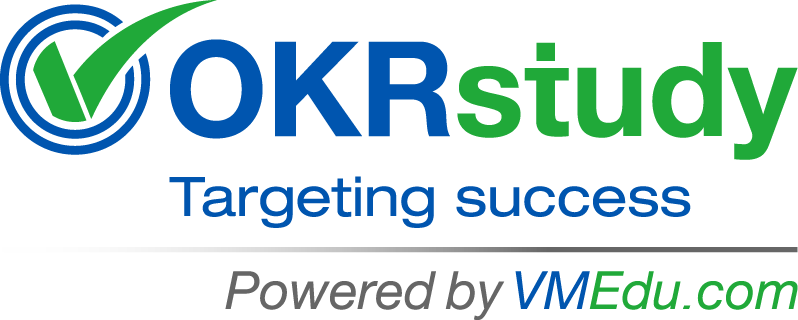- Transparency: Provides visibility into how well teams and individuals are progressing, ensuring alignment across the organization.
- Alignment: Helps ensure that all OKRs are aligned with the larger strategic goals of the organization.
- Real-Time Tracking: Allows teams to quickly adjust their efforts if they are falling behind on certain key results.
- Data-Driven Decisions: The visual nature of dashboards makes it easier to make data-driven decisions about where to focus resources and energy.
- Motivation and Accountability: Seeing progress visually can motivate teams to keep moving forward. It also holds individuals accountable for achieving their key results.
Tips for Creating an Effective OKR Dashboard
- Keep It Simple: Don’t overload the dashboard with too much information. Focus on the most important metrics to track.
- Make It Visual: Use graphs, charts, and color coding to make the progress clear and easy to understand.
- Set Up Alerts: Configure automated notifications or alerts for when progress is off-track, so teams can act swiftly.
- Use It Regularly: The dashboard should be updated regularly (ideally weekly or bi-weekly) to ensure that it reflects real-time progress.
A real-time tool or dashboard (could be in a tool like Vabro, Google Sheets, Jira, or specialized OKR software such as WorkBoard, Ally.io, Perdoo, 7Geese, Lattice, Gtmhub, Koan, Quantive, Gtmhub, Leapsome, Mooncamp, Joy of Programming (JOP), Profit.co, Betterworks, etc. where the progress of OKRs is tracked and updated regularly. This provides visibility to everyone in the organization about how objectives are being met.
Objectives and Key Results (OKRs) are measured using progress percentages to track how close a team or individual is to achieving their goals. This measurement ensures alignment, transparency, and accountability across all levels of an organization.
